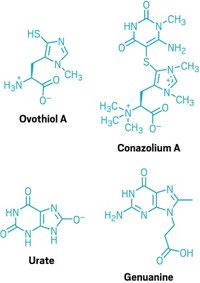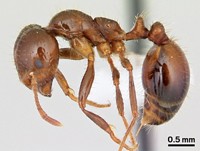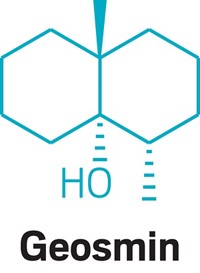Advertisement
Grab your lab coat. Let's get started
Welcome!
Welcome!
Create an account below to get 6 C&EN articles per month, receive newsletters and more - all free.
It seems this is your first time logging in online. Please enter the following information to continue.
As an ACS member you automatically get access to this site. All we need is few more details to create your reading experience.
Not you? Sign in with a different account.
Not you? Sign in with a different account.
ERROR 1
ERROR 1
ERROR 2
ERROR 2
ERROR 2
ERROR 2
ERROR 2
Password and Confirm password must match.
If you have an ACS member number, please enter it here so we can link this account to your membership. (optional)
ERROR 2
ACS values your privacy. By submitting your information, you are gaining access to C&EN and subscribing to our weekly newsletter. We use the information you provide to make your reading experience better, and we will never sell your data to third party members.
Environment
Gut Bacteria Help Roaches Get Together
Chemical Communication: The German cockroach’s microbiome helps determine the composition of the insect’s congregating pheromones
by Judith Lavelle
December 21, 2015
| A version of this story appeared in
Volume 93, Issue 49
When cockroaches want to huddle up, the insects sniff out aggregation pheromones in each other’s poop. A study now shows that the production of these volatile compounds depends on the specific microbes in a roach’s gut (Proc. Natl. Acad. Sci. USA 2015, DOI: 10.1073/pnas.1504031112). A team led by Coby Schal of North Carolina State University analyzed German cockroach waste and found 40 volatile carboxylic acids acting as aggregation pheromones. But feces from axenic cockroaches—those raised under sterile conditions with no microorganisms in their gut—lacked many of these pheromones. In side-by-side tests, cockroach nymphs were more attracted to the feces of control roaches than that of axenic roaches. But after the team inoculated axenic roaches with six bacteria species cultured from control roaches, feces from the microbially colonized roaches also attracted nymphs. The team further created a synthetic blend of six pheromones based on compounds found in the control group’s feces. That mix was better at attracting nymphs raised in the same environment as the control cockroaches than a commercial pheromone blend that came from unrelated roaches.





Join the conversation
Contact the reporter
Submit a Letter to the Editor for publication
Engage with us on Twitter